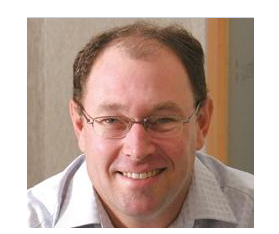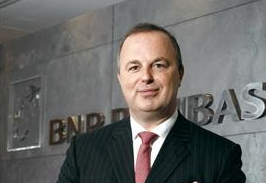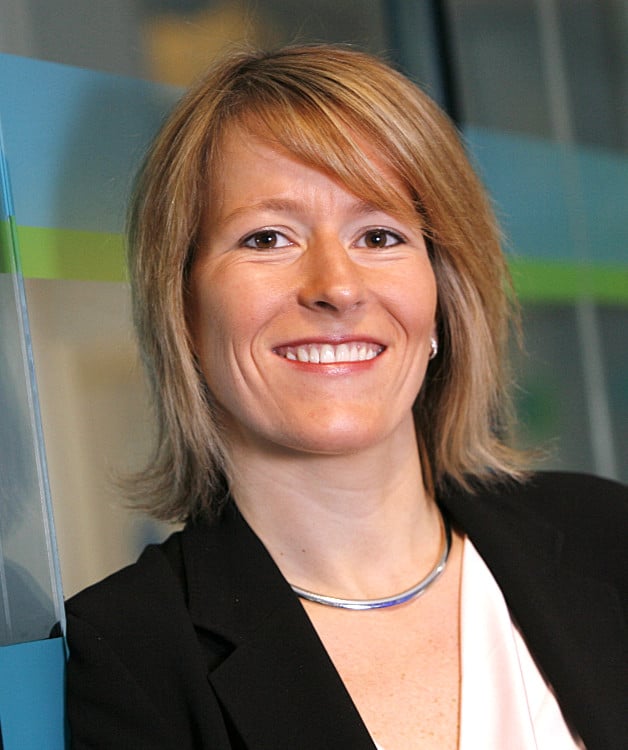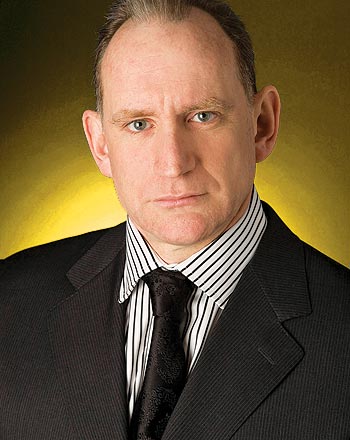 Few markets can boast the growth numbers seen in the South Africa trading community over the past five years. Technology provider, Peresys, has championed the development of electronic trading and FIX during this period. Ashley Mendelowitz, CEO of Peresys, looks at what other emerging markets can learn from the southerly nations experience.
Few markets can boast the growth numbers seen in the South Africa trading community over the past five years. Technology provider, Peresys, has championed the development of electronic trading and FIX during this period. Ashley Mendelowitz, CEO of Peresys, looks at what other emerging markets can learn from the southerly nations experience.
The adoption of the FIX Protocol and concomitant growth in electronic trading in South Africa has been nothing short of prodigious. A little over five years ago the local trading environment had the characteristics of your typical turn of the century emerging market – comparatively low volumes, telephonic orders, paper based order management and error strewn post trade administration.
Half a decade later, and the picture has altered in dramatic fashion. The value of cash equities traded on the local exchange has sky-rocketed to US$34.6 billion in October 2008, from US$6.6 billion five years earlier, an impressive 424 percent increase. Offshore originated electronic trading accounts for up to 25 percent by value traded, while upward of 90 percent of local institutional orders are now routed electronically. Capping the meteoric growth, South Africa now has the largest single stock futures market in the world, by number of contracts.
None of this would have happened without the FIX Protocol.
The seeds were sown as far back as 1997 when the top two or three buy-side firms began to explore options in terms of taking their equity desks electronic. It quickly became clear that the barriers to automation were high and wide. These included:
- Non-existent order management systems on the buy-side and sell-side
- Telecommunications monopoly and exorbitant bandwidth costs
- Reluctance of traders on either side to change their work flow
- Lack of open application programming interface (API) to the exchange matching engine or broker trading systems
- Virgin territory insofar as a globally accepted messaging and session management protocol for pre-trade and trade messaging
- Lack of local or international vendor appetite to invest in building a workable solution that addressed all of the above barriers.
Breaking Down Barriers
It took some five years to gradually knock down or climb over the barriers above, through cash and resource investment, constant evangelising the benefits of electronic order routing by the converted (including our firm) and, critically, the buy-in and backing of a buy-side champion. The first buy side champion in South Africa not only committed its firm to the concept, but also made it clear to its sell-side counterparties that the telephone would be phased out within twelve months.
In 2003, the implementation of a first buy-side to ten brokers began, as well as the selection of a FIX engine provider flexible enough to price their product at ‘emerging market’ levels. Within three years, the first FIX hub had established a South African footprint spanning eight of the top ten buyside firms, the top thirty five broker members of the local exchange and a large chunk of local and international hedge funds trading SA equities.
Once Direct Market Access (DMA) was allowed on the SA equities exchange, the ability for brokers to receive orders via FIX played a key part in the exponential growth in DMA trading volumes originating from outside the country. Multinational investment banks and hedge funds could leverage their existing FIX infrastructure to trade into SA in a cost effective, reliable and high speed manner.
Today all the barriers to electronic trading have been removed:
- Local and offshore vendors have successfully rolled out FIX compliant OMS products
- Local telecom competition and the decision to connect the local Hub to any global FIX network based on demand has translated into cheap connectivity
- Traders have seen the financial benefit of increased order flow through electronic messaging
- The exchange implemented a comprehensive and well documented API
- FIX has addressed all user concerns about a global standard for messaging formats, workflow and session management
- Electronic trading pioneers paved the way for other buy-side/brokers/vendors to follow in offering products that exploit FIX, including hubs, order management systems, algorithmic trading and IOIs



What Next For FIX In SA?
FIX messaging in the institutional environment is now a given, and all who have invested in the protocol are increasingly looking at how they can maximise their return by moving other asset classes and parts of the trade cycle to an electronic platform. Based on the pace of a number of projects, I would expect equity futures, currency futures and bonds to be routed via FIX engines and hubs before the end of 2009, with OTC instruments to follow in 2010.
IOIs, orders, trades and allocations are already automated for equities, and there is no reason why research documents and contract notes cannot be done via FIX as well, given the significantly lower cost and reliable services on the market.
With its fairly advanced financial market trading landscape, South Africa has proven to be an ideal laboratory within which to build, sell and implement cutting edge products and services.
The template that has proven successful here is not localised and could be taken to other markets, especially emerging ones who face similar challenges, ideally in a partnership model. This is all the more in the current conditions where managing and understanding the risk of trading is in the spotlight. Secure messaging tightly coupled with risk measures, such as limits and audit trails, is no longer negotiable and will be a pre-condition for cross border trading, if it isn’t already.
Today South African buy-sides and sell-sides have taken the baton and are enthusiastically pushing the boundaries with FIX and electronic messaging. Many of them have become members of FPL and no doubt feel empowered enough to plan for what is coming next. The playing field has been well and truly leveled.
Electronic order routing and trading are here to stay and, with similar risk appetite in the rest of the continent, most of Africa will have embraced FIX and reaped the benefits of increased investment, efficiencies and customer confidence in the next decade.
As for South Africa, we can expect volumes to keep growing as the FIX messaging footprint broadens into Asia and the US. The retail trading environment will also see dramatic transformation with private clients looking for bigger and better front-ends and functionality able to integrate seamlessly into multiple brokers and trading venues anywhere.
And maybe, just maybe, MIFID will come to Africa. www.peresys.com



 Vincent: Recent events have shown the divide between the financial market participants and the regulator. For example, the Lehman’s mini bond issue has forced a strong dialogue between the regulator and, in particular, the broker side. But the engagement is slow.
Vincent: Recent events have shown the divide between the financial market participants and the regulator. For example, the Lehman’s mini bond issue has forced a strong dialogue between the regulator and, in particular, the broker side. But the engagement is slow. Kent: The general principal is that retail investors are less savvy and experienced and regulations need to be explicit. There is a general assumption that as professional investors, institutions can operate with greater flexibility since they can understand the risks in a more sophisticated way. Taking account of this framework then it will not be possible to standardize for both types of investor. The risk is that setting minimum requirements to protect the retail investor may not suit the way business is transacted at an institutional level. Here we advocate consultation and support stronger trade associations.
Kent: The general principal is that retail investors are less savvy and experienced and regulations need to be explicit. There is a general assumption that as professional investors, institutions can operate with greater flexibility since they can understand the risks in a more sophisticated way. Taking account of this framework then it will not be possible to standardize for both types of investor. The risk is that setting minimum requirements to protect the retail investor may not suit the way business is transacted at an institutional level. Here we advocate consultation and support stronger trade associations. Gerry: I see the value and merit in allowing short selling in varied markets. In markets that don’t allow it, the regulators need to develop this functionality. It encourages more liquidity and volume. But I do understand that in the current environment the regulators have little choice. We won’t know the full impact until later on.
Gerry: I see the value and merit in allowing short selling in varied markets. In markets that don’t allow it, the regulators need to develop this functionality. It encourages more liquidity and volume. But I do understand that in the current environment the regulators have little choice. We won’t know the full impact until later on. 



 NAVIGATING THE AUTOBAHN.
NAVIGATING THE AUTOBAHN.




